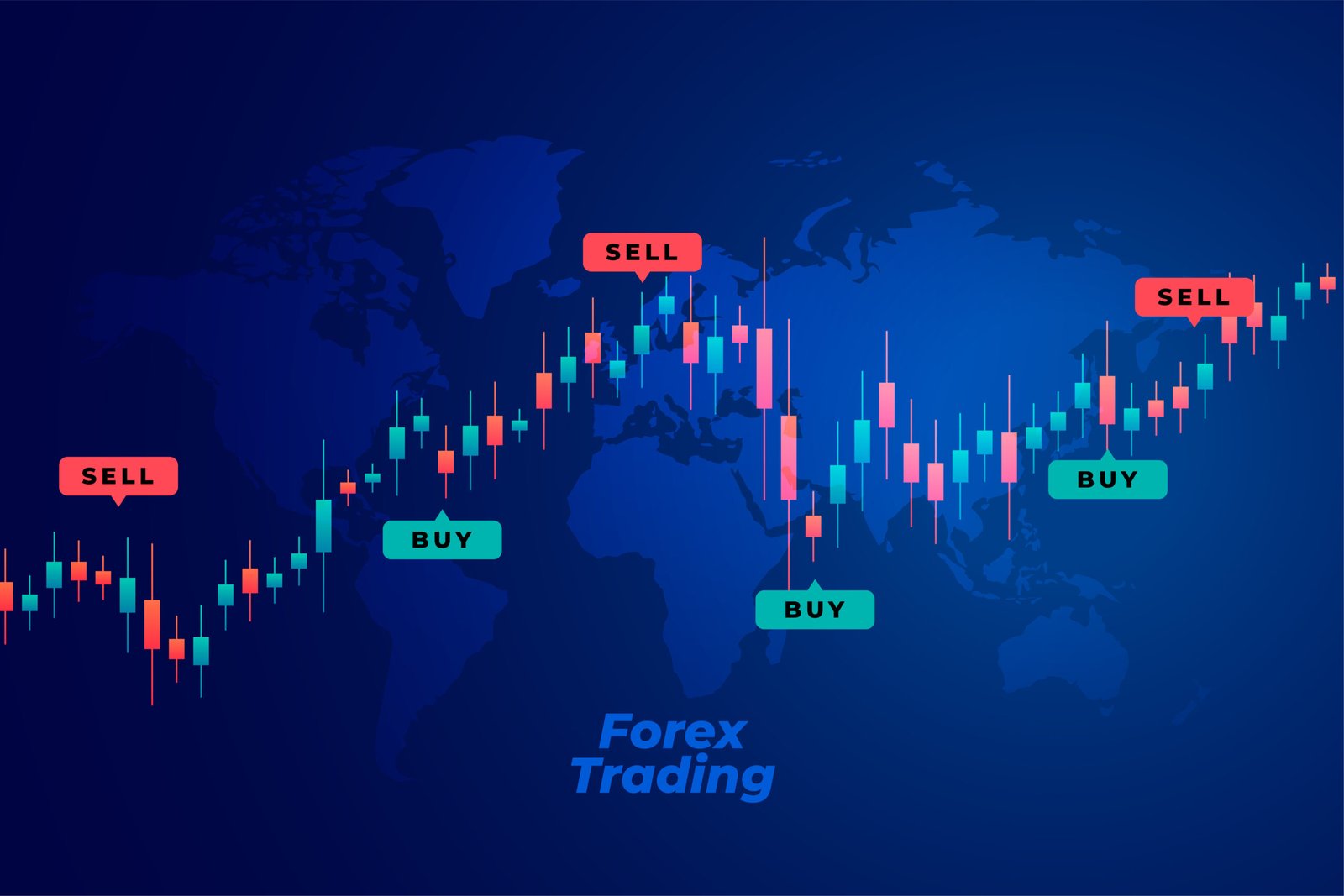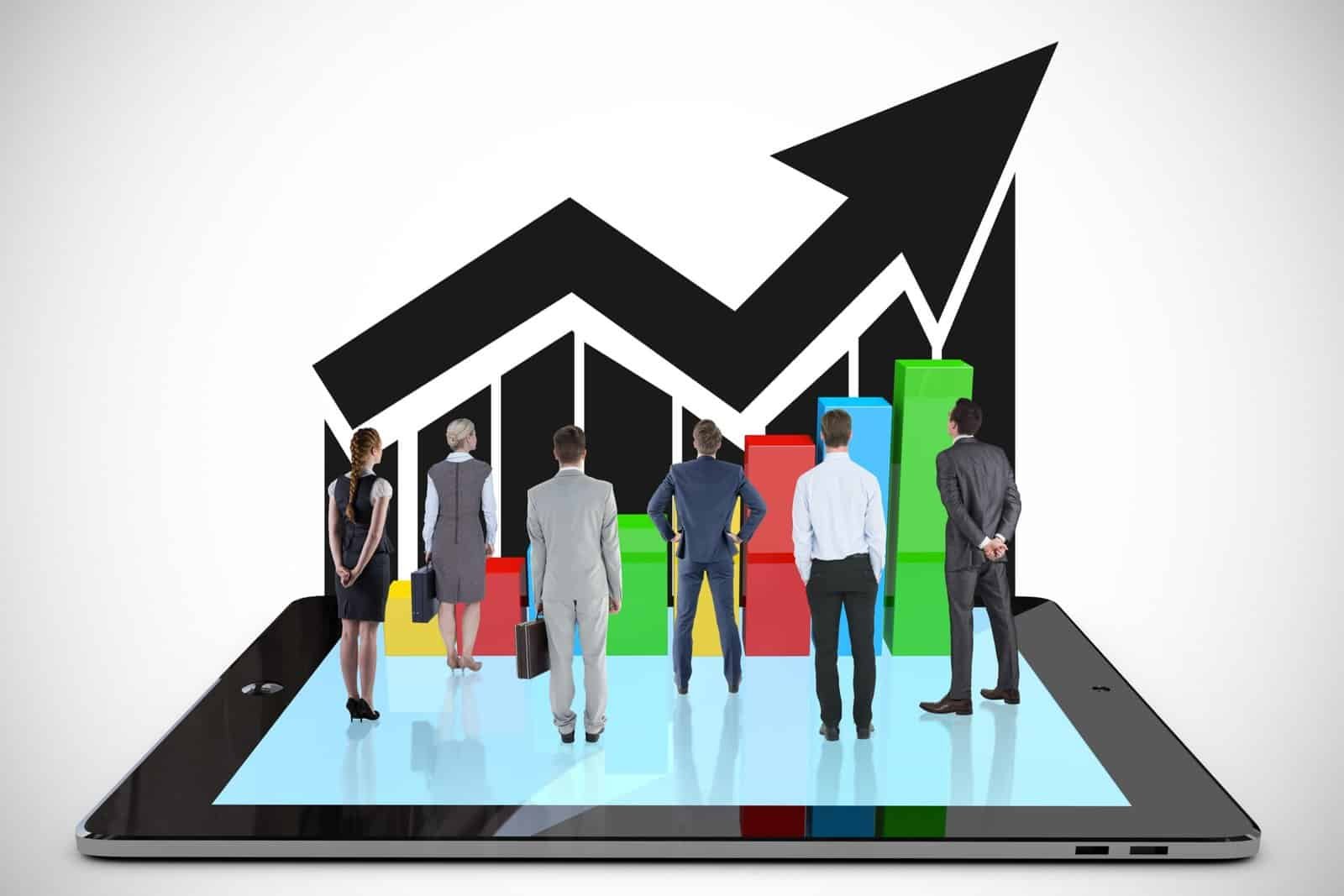Introduction
Financial trading may seem difficult initially. With terms such as CFDs, commodities, accounts, and copy trading, alongside complex concepts like the Dow Jones, bid/ask prices, and leverage, it’s easy to become confused by the terminology.
However, the reality is that trading simply involves predicting whether a price will rise or fall. If you predict correctly, there’s a chance for significant gains. If you’re incorrect, the losses can be equally substantial. This is why gaining knowledge is essential before making your initial trade.
That is what our Trading Academy will help with.
Our goal is to take you through the financial markets from beginning to end. Being more knowledgeable will make you more self-assured and ready, as well as less prone to making expensive mistakes.
Let us discuss:
- What, where, and how to trade with indices, commodities, and forex
- How to identify trading opportunities
- Professionals’ methods for managing risk
- Proven strategies for generating steady, sustained profits
And it is just the beginning.
Before we examine the tools, platforms, and tactics, let us state the most crucial question: What is financial trading?
What is financial trading?
Buying and selling financial products to make a profit is the fundamental activity of financial trading. These instruments can take many different forms, and some of the asset classes that are traded the most frequently are as follows:
- Shares: Units of ownership in companies like Apple, Google, or HSBC. Share trading allows investors to benefit from price movements and dividends.
- Indices: These track the performance of a group of companies, represented by benchmarks like the FTSE 100, S&P 500, or Nikkei 225.
- Forex (Foreign Exchange): Trading global currencies such as the euro, US dollar, and British pound. Forex is the largest and most liquid market in the world.
- Commodities: Physical goods like gold, oil, and corn. Supply and demand, global events, and seasonal patterns influence commodity trading.
The majority of traders enter these markets to profit from price swings. However, some people and companies do so for more pragmatic reasons, such as buying raw materials for manufacturing or exchanging currencies for travel.
The underlying asset is not necessarily something they wish to own. Rather, they use tools like leverage, CFDs (Contract for Differences), and other instruments provided by online trading platforms to buy low and sell high (or sell high and purchase low).
What are financial markets?
Financial markets are online or offline marketplaces where buyers and sellers exchange financial products, including stocks, commodities, currencies, and more. Financial markets are there to enable safe, effective, and rapid transactions between participants, just like traditional markets for goods and services.
Some financial markets are physical venues, like
- The London Stock Exchange (LSE): where investors buy and sell shares
- The Chicago Mercantile Exchange (CME): a major hub for commodity trading

Others are fully electronic, such as
- The NASDAQ: one of the world’s leading stock exchanges for tech shares

- The Forex market: a decentralized global market for currency trading, powered by banks, brokers, and financial institutions
These markets operate under strict regulations to ensure transparency, fairness, and protection against fraud. For instance, when trading commodities like cotton on a regulated exchange, buyers can trust that the product meets quality standards without needing to inspect it firsthand.
Lesson summary
- Financial trading involves buying and selling assets like shares, indices, forex, and commodities
- Most traders aim to profit from price movements, not own the asset
- Financial markets connect buyers and sellers either physically or electronically
- These markets are regulated to improve efficiency, reduce risk, and keep transaction costs low





